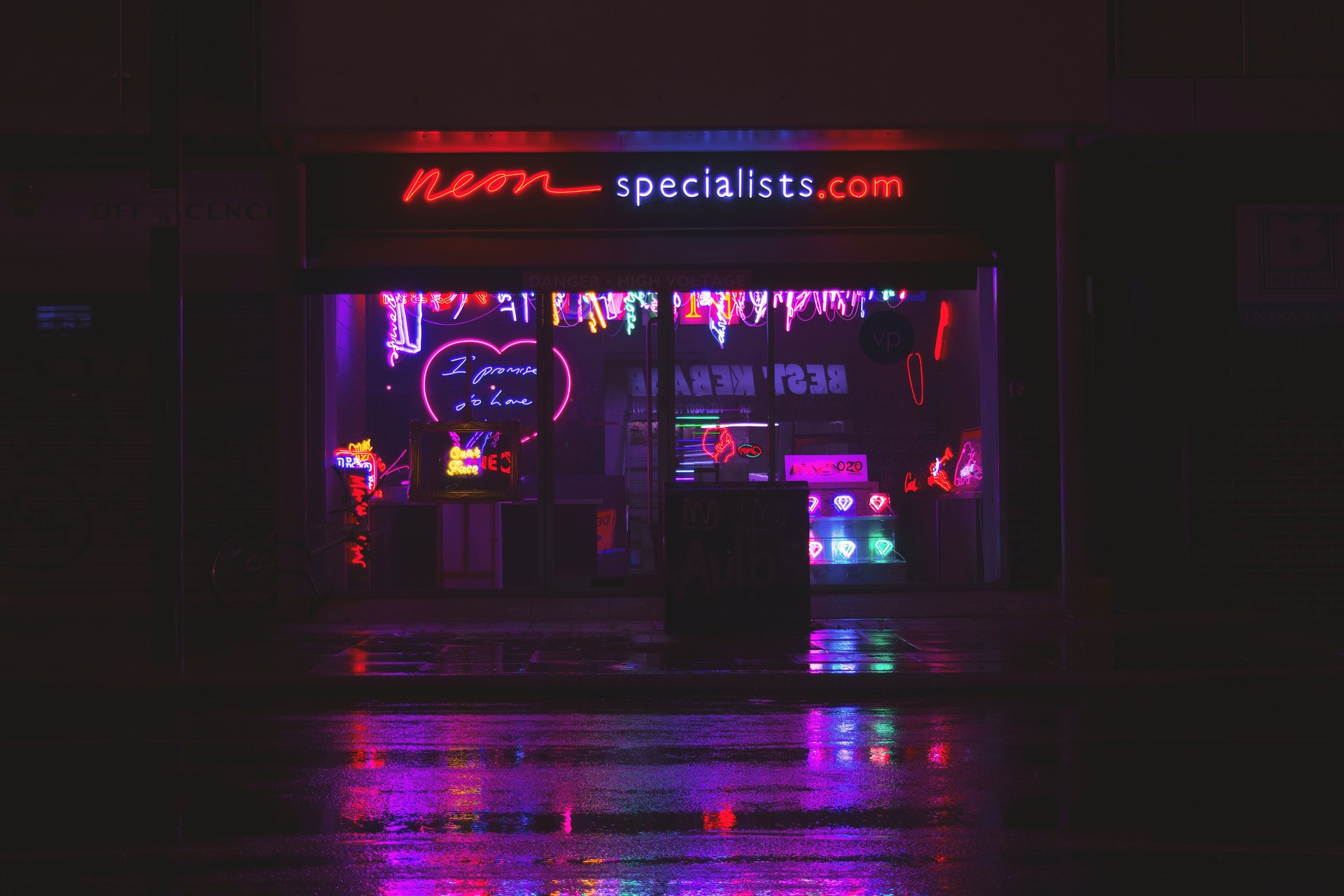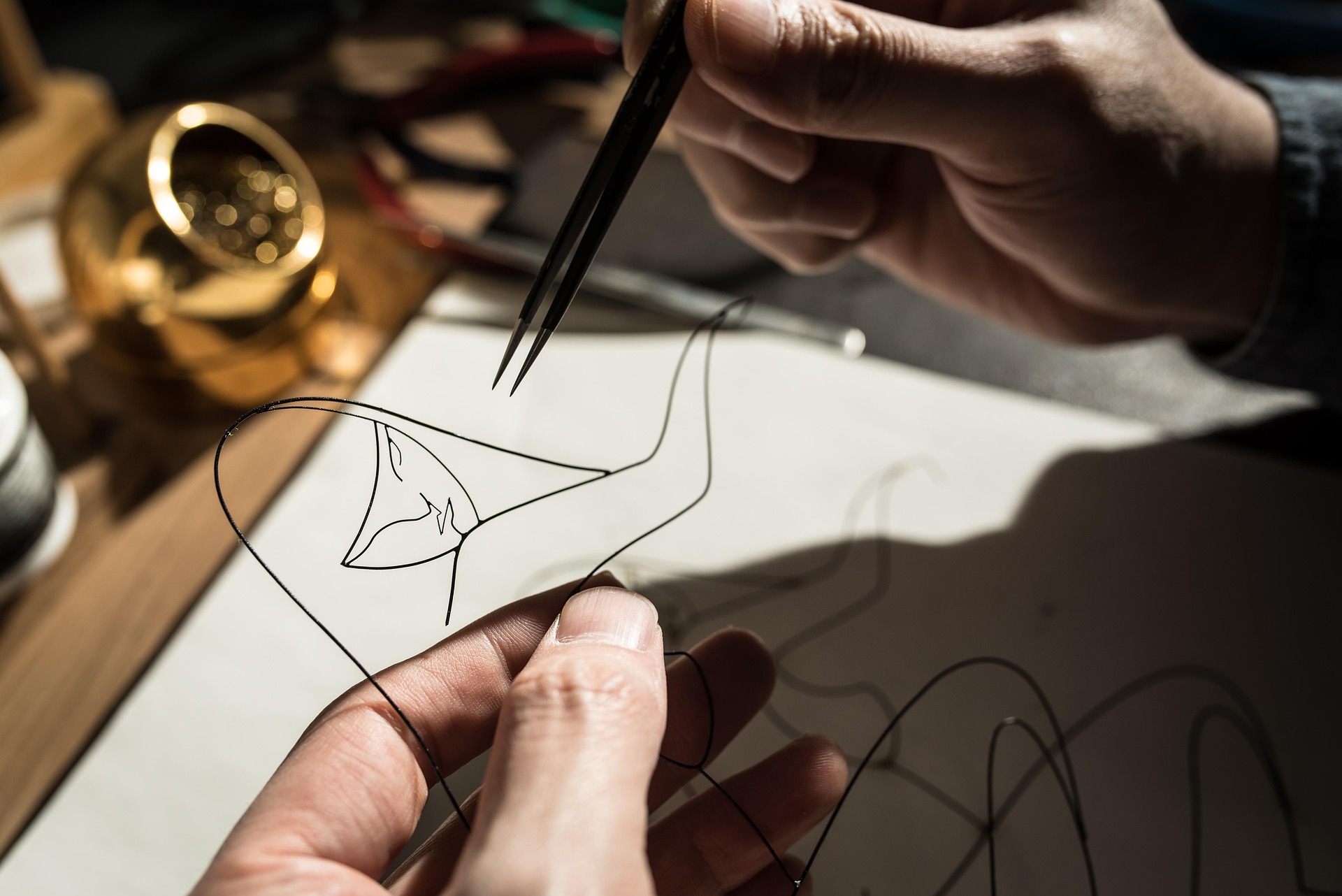Illuminating the Night: The Art of Neon Signage
In a world dominated by digital media, the art of neon signage has survived and flourished, casting its vibrant hues across cityscapes and lending character to the night. This illuminating art form has a rich history, carving a path of luminary innovation, and is now a focal point of contemporary visual culture.
Setting the Stage: A Historical Overview
In the early 20th century, an electrifying innovation transformed urban landscapes. Neon signs, with their bright and colorful displays, began to populate shop fronts, movie theaters, and restaurants, turning cities into glowing spectacles after sunset. The idea for such signs was first conceived in the 19th century, when British scientists William Ramsay and Morris W. Travers discovered the element neon. However, it was French engineer Georges Claude who popularized its commercial usage in 1910, realizing its potential as a lighting source in sealed glass tubes.
Neon’s Golden Age: Impact and Significance
The 1920s to 1940s is often referred to as the golden age of neon signs. In this period, neon permeated every aspect of American culture, from advertising to architecture, and even to art. The colorful glow of neon signs became synonymous with the promise of modernity and progress, with businesses using these bright symbols as a way to draw attention and customers. The signage produced in the golden age was known for its craftsmanship and creativity, each piece a work of art in its own right.
Flickering Out: The Decline of Neon Signage
Neon’s popularity began to wane in the 1950s, as cheaper alternatives like plastic signs with fluorescent lighting gained traction. Additionally, the growing rejection of neon as “tacky” or “gaudy” contributed to the decline. Many iconic neon signs were dismantled and discarded, signaling an end to an era.
Basking in New Light: Neon’s Contemporary Resurgence
Contrary to its fading away in the mid-20th century, neon signage has seen a significant resurgence in recent years. The aesthetic appeal of vintage neon signs has caught the attention of contemporary artists, designers, and businesses alike. An interest in preserving and restoring vintage signs has also sprung up, with multiple communities dedicated to this cause. Today, neon signs are celebrated not only for their historical significance but also for their unique artistry.
The Artistry of Glow: Understanding Neon’s Unique Appeal
The art of neon signage is about more than just bright lights. A skilled craft, it involves bending glass tubes into various shapes and letters, then filling them with neon or other noble gases. When electrified, these gases emit a warm, vibrant glow. This process allows for a vast range of colors and designs, making each sign a unique piece of art. But beyond its aesthetic appeal, neon’s resurgence can also be attributed to its symbolism. In our age of digital screens and LED lights, neon signs stand as a testament to a bygone era, reminding us of the beauty of analog in a digital world.
In sum, the art of neon signage, with its rich history and recent resurgence, is a shining testament to the power of light as a medium of art and communication. As we move forward into an increasingly digital age, may we continue to appreciate the warm, inviting glow of neon that lights up our nights and our imaginations.





